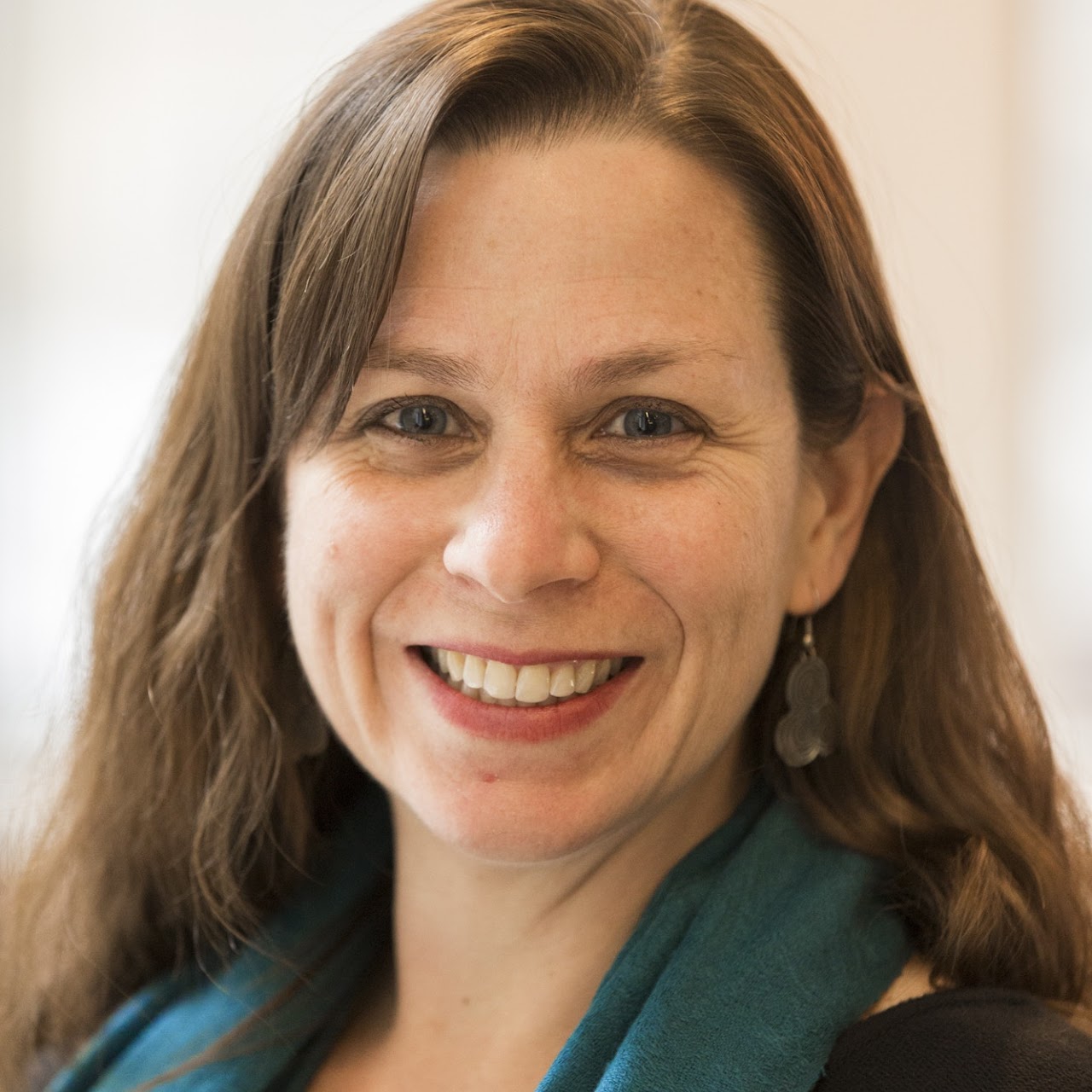
Understanding and simulating galaxy formation from first principles is a huge computational challenge because of the vast range of scales and rich array of physics involved. Upcoming experiments will map galaxies and gas across unprecedented volumes and probe further back into cosmic time than ever before. These experiments have the potential to probe fundamental physics questions such as the nature of dark matter and dark energy, and the initial conditions of the Universe. But in order to extract the full scientific potential from these data, we need to understand how luminous tracers (stars and gas) are related to the underlying matter density field, and we must develop techniques that can accurately forward model the galaxy formation process with a computational efficiency that is orders of magnitude higher than standard numerical hydro/N-body techniques. I will describe the philosophy and status of the SMAUG (Simulating Multiscale Astrophysics to Understand Galaxies) project, and how it will form a pillar in the new Simons Collaboration "Learning the Universe", which will combine new galaxy formation models, new machine learning techniques, and simulation based inference to obtain constraints on cosmology and astrophysics.
5 maggio 2022
Rachel Somerville, Center for Computational Astrophysics Flatiron Institute
Developing new galaxy formation models that will help us Learn the Universe.
Thursday 5th of May 2022 - Aula Conversi 16:30 - 17:30